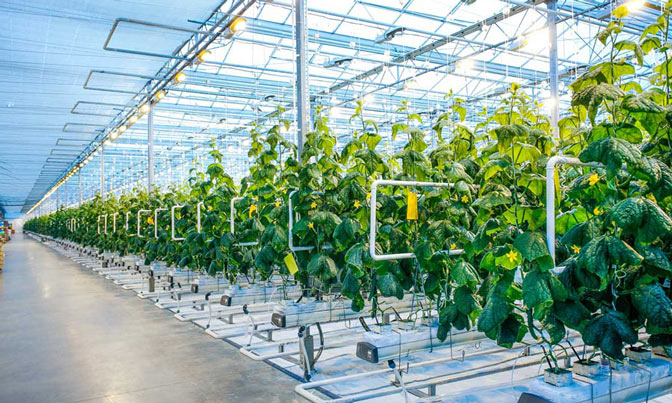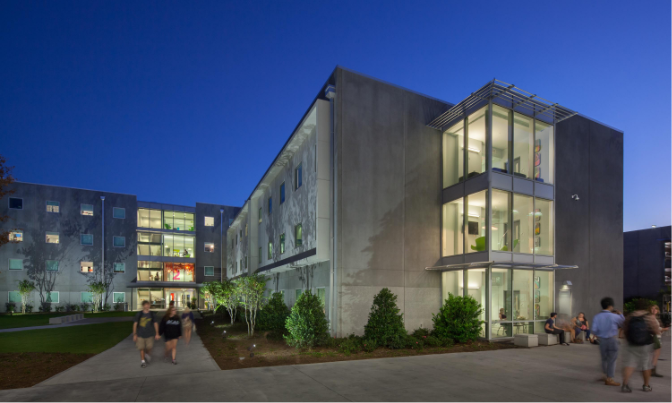For Our Clients. For the Future.
Our clients are at the forefront of everything we do. The more we understand their challenges, the better we can help them with solutions. With the controlled environment agriculture (CEA) industry expanding each day, our team took on this hydroponic project to do exactly that.
TRANSFORMING THE FUTURE OF CONTROLLED ENVIRONMENT AGRICULTURE
National Design Build Services (NDBS) specializes in designing and building indoor farming spaces throughout the United States as the need for controlled environment agriculture (CEA) systems take hold. In response to the world’s population growth and a lessening availability of suitable land for growing crops, we provide innovative solutions to farmers that maximize the amount of produce cultivated all while using less space. NDBS is a leader in designing controlled environment agriculture solutions for both indoor vertical farming and greenhouses.
To make indoor farming possible, we help our clients design and install complex mechanical, plumbing, and nutrient delivery systems that are mindful of your investment. We take a grassroots approach as an engineering-minded builder, meaning we listen to you needs and goals to develop design considerations with domestically-sourced products. This approach informs our clients of first and life cycle costs that affect operational liability and their bottom line.
Whether you are a new business or a more established entity looking to expand within the United States, we will provide a cost and energy efficient solution to domestically grow your business
Plant Factory HVAC Systems Design
There is a lot to understand when it comes to urban farming. Our experience with HVAC design compliments that of the grower to create optimal year-round growing conditions. Growers must be familiar with plant biology and what is key to successfully grow plants indoors, such as appropriate lighting and water to enable photosynthesis, and sometimes even movement of the plants to accommodate their growth cycle. With vertical farming, planters also must consider how exactly to arrange their microgreens, whether from the “ground” upward by using plant trays or in vertical columns running from the floor to the ceiling.
Whatever your reason for vertical farming may be, there are many HVAC considerations that must be evaluated to ensure the indoor farming environment is fully optimized to meet your growing needs. Here are a few examples of specific considerations we at NDBS evaluate and customize for each grow space:
Irrigation Methods
Nutrient Film Technique (NFT) is a method where a shallow film of nutrient solution flows over the plant roots, ensuring that the leafy greens are irrigated but not completely soaked.
Deep Flow Technique (DFT) ensures that plant roots are soaked in a deep flow nutrient solution with constant circulation.
Aeroponics atomizes the nutrient solution and sprays it onto the plants’ roots.
Ebb and Flow Systems pump nutrient solution to cultivation beds at certain intervals each day.
Drip Irrigation System distributes water to plants using a drip, spray or stream.
Aquaponics is a combination of aquaculture (growing fish and other aquatic animals) and hydroponics (growing plants without soil). Aquaponics combines these methods to form a symbiotic relationship in which plants are fed the aquatic animals’ discharge or waste.

Recent Insights
Transforming the Future of Agriculture
Did you know that by 2050, we’ll need to produce 70% more food to feed an estimated world population of…
Read More ›LEED Certification
LEED (Leadership in Energy and Environmental Design) is an internationally recognized certification system that measures how well a building or…
Read More ›Our Key to Success
Our low overhead approach to a traditionally high overhead marketplace allows us to compete in markets across the country. You…
Read More ›Experience the Design and Build Difference
Let NDBS provide our services for you in the design and installation. If you are ready to get started on your construction project, contact us today.

